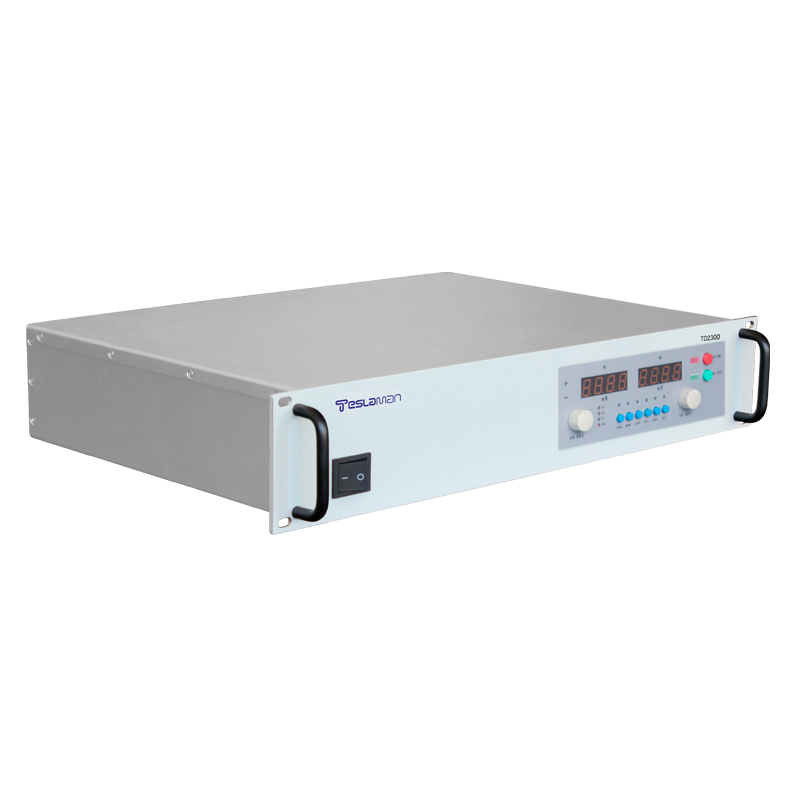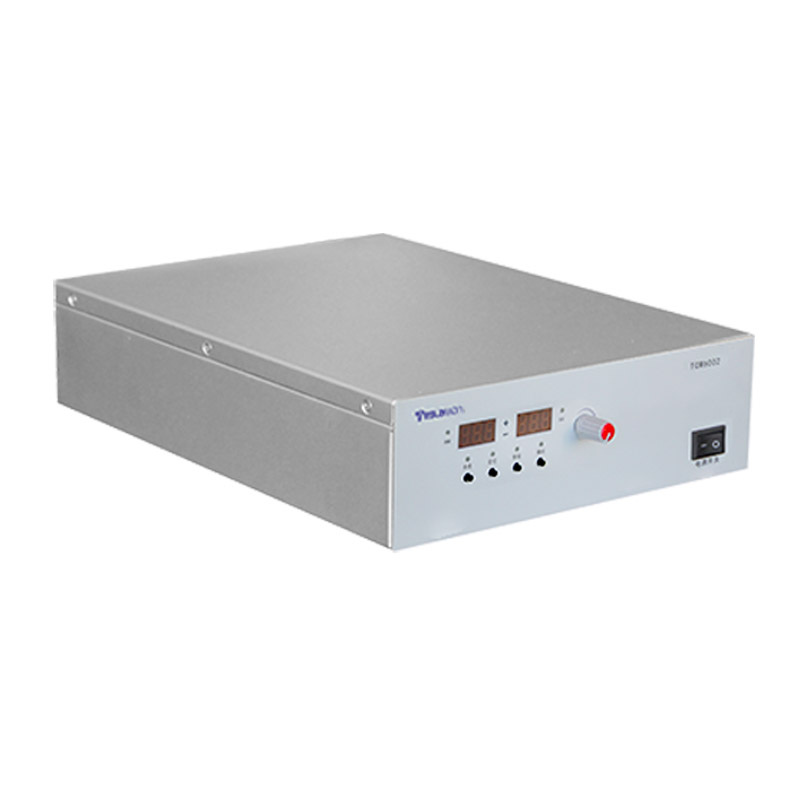Analysis of hydrodynamic principles: The soul of C-TAP technology
Computational fluid dynamics (CFD) is a mathematical model and computational method for studying the motion and change of fluids. CFD has wide applications in materials science, process engineering and bionics. The hydrodynamic principle (CFD) also plays a crucial role in current-induced pulsed electrostatic jet (C-TAP) technology and is the soul of C-TAP technology. This article will detail the principles of hydrodynamics and its application in C-TAP technology.
Analysis of hydrodynamic principles
Computational fluid dynamics is a mathematical model and computational method for studying the motion and change of fluids, mainly to solve problems related to fluid flow. C-TAP technology uses high-voltage electrolyte acceleration jet technology and current hydrodynamic drive mechanism to complete micro and nano-level material printing in a non-contact and almost non-destructive manner. Therefore, the principle of C-TAP technology must be combined with fluid dynamics and circuit theory. Of course, this involves the injection problem of microdroplets, the influence of the electric field, the transfer of solutions, and so on.
Application of hydrodynamics in C-TAP technology
C-TAP technology is a micro and nano-level material printing technology based on the principle of hydrodynamics. This technology adopts high-voltage electrolyte acceleration jet technology and current hydrodynamic drive mechanism to achieve micro and nano-level material printing. The current hydrodynamic jet mechanism is the key to achieving microdroplet injection in C-TAP technology. It requires a stable energy source to drive. The high voltage power supply is this stable energy source.
In C-TAP technology, the application of hydrodynamic principles is mainly to control the droplet and jet flow rate and direction to ensure the accuracy and stability of materials at the micro and nano scale. The application of hydrodynamic principles in C-TAP technology also includes material acceleration, spraying precision control, energy stability and other aspects. Therefore, the hydrodynamic principle is the core of C-TAP technology to achieve high-precision printing.
Conclusion
The hydrodynamic principle is an important part of C-TAP technology. With the help of current hydrodynamic jet mechanism, C-TAP technology can accurately print materials at the micro and nano level. The high voltage power supply provides support for energy and controlling the intensity of the electric field to make the current hydrodynamic jet mechanism more stable and reliable. In the future, the development of C-TAP technology depends on an in-depth study and technical optimization of hydrodynamic principles.




















